Do you recollect ever looking at a stunning display of colors weaving through the deep water and asking yourself? What is that? Although it is a small organism, it is probably a sea slug, which is a marine gastropod that exists in a stunning array of forms and colors. However, these small miracles are not only beautiful, but there is much more to them. Are they venomous? The food that they eat? What is their life span?
Content Table
Welcome to a new, fascinating journey – the world of sea slugs. We will respond to your questions about their diet and provide information on ways to ensure you maintain them in your reef tank.
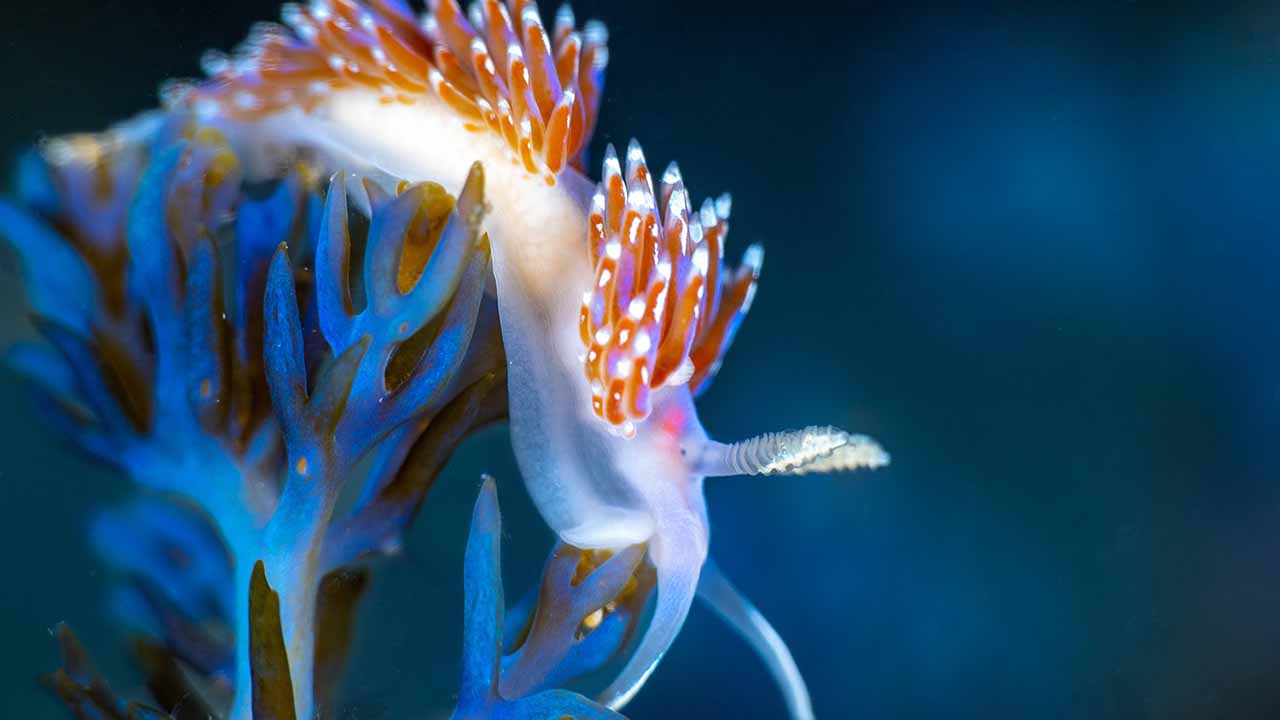
Sea slug
Are Sea Slugs Poisonous?
What are they?
Nudibranchs, commonly referred to as sea slugs, are a unique category of marine gastropods or sea snails that lack a shell or have a reduced one at best. These are available in different forms and sizes, and most are well-associated with bright and vibrant colors.
Are sea slugs poisonous?
It depends on the sea slug; in some instances, it even lays eggs that can act as cocoons when it reproduces. As far as toxicity is concerned, it is important to know that a lot of sea slugs are not venomous but can hold toxins obtained from what they eat. These toxins, which are toxic to the predator, can be used. For example, you see some sea slugs feed off other stinging jellyfish, and what happens is that they can store the stinging cells of the jellyfish in their bodies.
Some of the types of sea slugs that are poisonous are Glaucus atlanticus and Aeolidia Papillosa. It is on record that these sea slugs always secrete these toxins, and these are very dangerous to any would-be predator.
Are sea slugs cute?
That’s a matter of opinion! Many people find sea slugs to be quite beautiful and interesting creatures, with their bright colors and unusual shapes. However, others may find them to be slimy or strange-looking.
What Do Sea Slugs Eat
If you think that sea slugs are simple creatures with the simplest food preferences, you’ll be surprised! They can be broadly categorized into two main groups based on what they eat:
- Herbivores: These sea slugs feed on plants, and the most preferred plant is algae. Some are adapted to feeding on the contents of the single algal cells, while others feed on the large seaweed. Such a type of feeding is practiced by a particular group of animals referred to as sacoglossans.
- Carnivores: It is also important to note that while most sea slugs look quite adorable and inoffensive, many of them are carnivorous. Some feed on numerous species of small prey such as sponges, jellyfish, plankton, and other sea slug. To be precise, nudibranchs are the most recurrent carnivorous sea slug type. A few others are so selective that they exist on one kind of prey or a few kinds of it only.
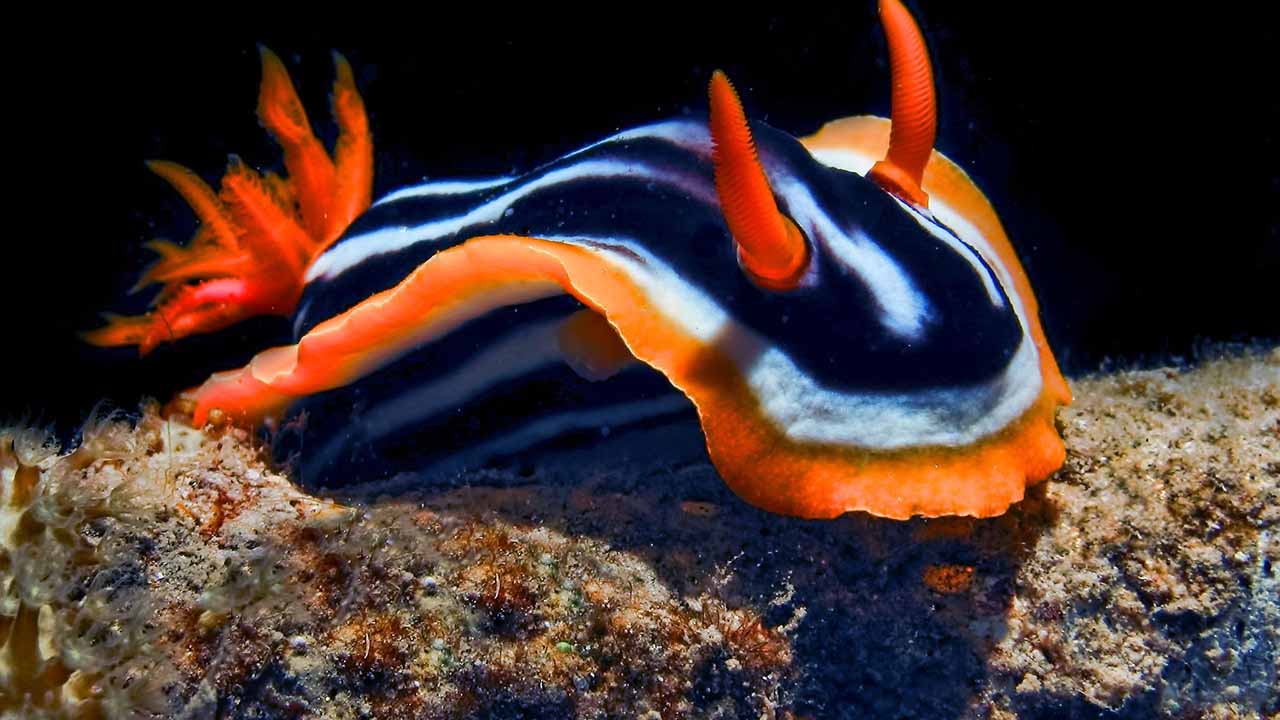
Sea slugs for reef tank
Here are some interesting tidbits about their diet:
- Sea slug kleptomania: For instance, some herbivorous sea slugs, such as the lettuce sea slug, get chloroplasts (the structures in plants where photosynthesis occurs) from their algal food. These slugs can then use these stolen chloroplasts to actually photosynthesize and make their food!
- Toxic diners: Like other hunter organisms, there are sea slugs that can store toxins from the animals they feed on. This may be advantageous when the predators that attempt to attack do get nauseous. At times, the sea slug is even able to employ all these toxins for its protection!
How Long Does a Sea Slug Live
The lifespan of a sea slug can vary quite a bit depending on the species. Here’s a breakdown:
- Generally, Most sea slug species seem to live for about one year.
- Shorter lifespans: There are some smaller sea slugs, especially those that feed on short-lived prey, that may have even shorter lifespans.
- Long lifespans: Some exceptions exist. Certain species, like the tropical sea hare Dolabella auricularia, can live for up to six years in an aquarium setting. Additionally, the Antarctic cephalaspidean Philine gibba has been documented living up to four and a half years in the wild.
Types of sea slugs
There are many different types of sea slugs, but here are a few of the most common and interesting: There are many different types of sea slugs, but here are a few of the most common and interesting:
Nudibranchs
| These are, perhaps, the most acknowledged kind of sea slug, and they have a rather vast choice in the aspect of shape, size, and coloring. As for nudibranchs, they are characterized by the absence of shells and rather a vivid look. They are carnivores and catch other sea animals to eat such as sponges, jellyfish, and plankton. | 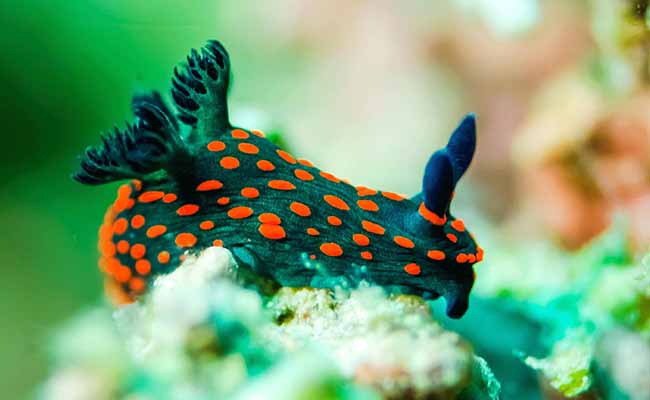 |
Sea hares
| These are large sea slugs, of which the adult size can reach one meter in length. These have a small internal shell and a large foot, which they use to locomote on the ocean floor. There are no real predators of sea hares as they are herbivores, mainly feeding on algae. | 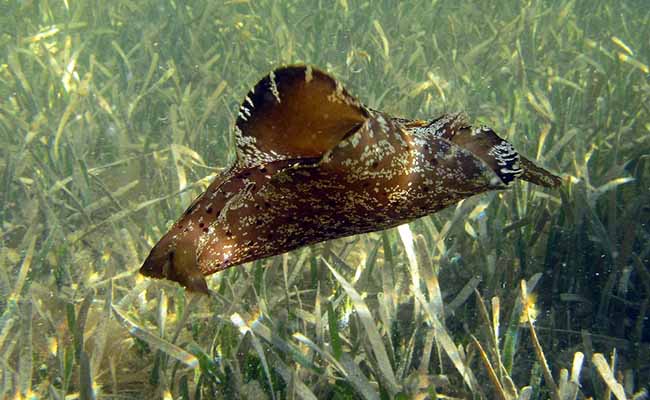 |
Bubble snails
| These sea slugs have a very thin shell that is extruded partially over the animal. Bubble snails are named after a bubble-like sac they have on the dorsal side of their body. The left sac contains air and aids the body of this sea slug in floating. Bubble snails are grazers of algae, and hence, this snail is a herbivore. | 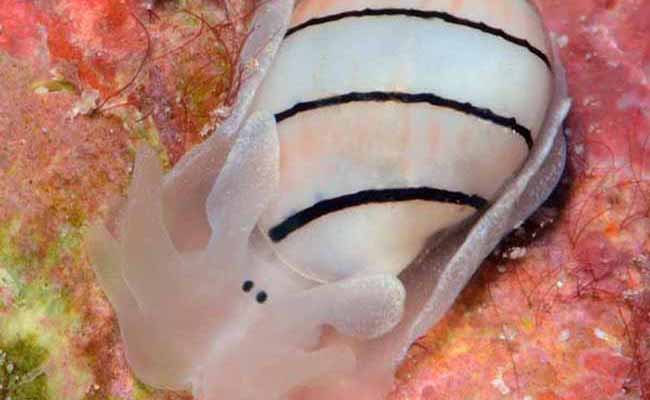 |
Sea angels
| They are also small, free-swimming marine gastropods similar to sea angels. Sea angels are carnivorous in nature and feed on other kinds of plankton. | 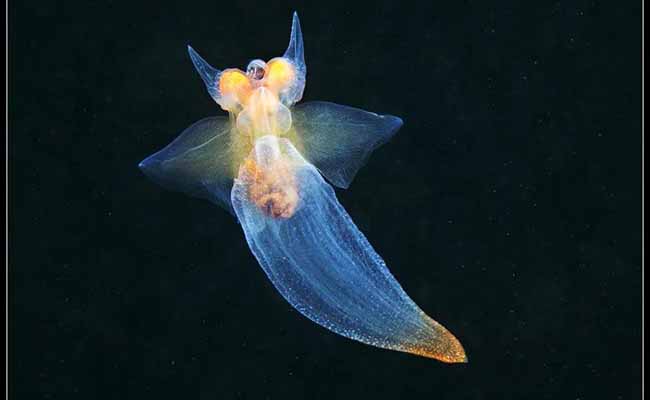 |
Some Good Sea Slugs for Reef Tank
Although most sea slugs are wonderful creatures, they do not make good residents of a reef tank because of their diet. Sea slugs feed on sponges, jellyfish, or other small invertebrates, which are not easy to provide in an aquarium. Here are some alternatives that are better suited for a reef tank.
Lettuce Sea Slug (Elysia Cripata)
| It is good for reef tanks because it feeds on algae, and can prevent algae problems in your tank. They need a very developed biotope having a big amount of space for algae. Lettuce sea slugs are mostly peaceful, and will not affect corals and other invertebrates. | 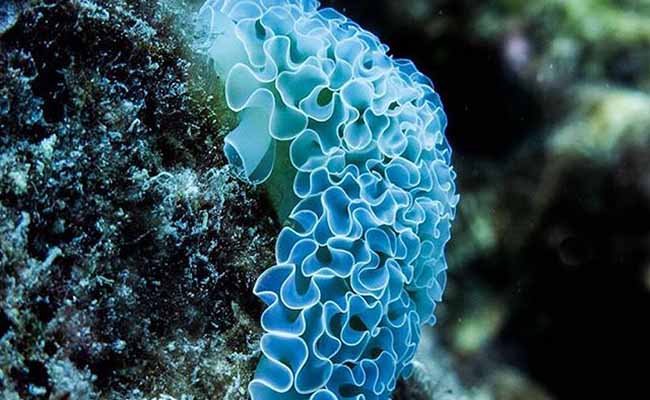 |
Flamingo Tongue Snail (Cyphoma Gibbosum)
| This pretty snail feeds on the polyps of colonies of this wonderful organism called Zoanthid. Ensure you have a zoanthid colony in your tank that you can sacrifice if you want to get a flamingo tongue snail. | 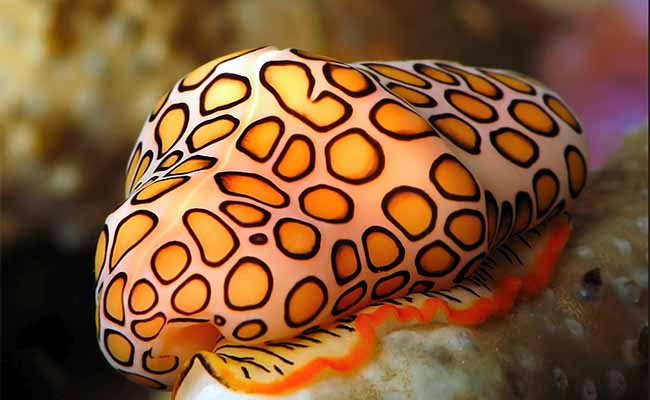 |
Here are some general tips for keeping any invertebrates in your reef tank:
- It is also important to remember the specific needs of the selected animal before buying it. Ensure your tank is correctly prepared to maintain the proper water chemistry, diet, and shelter.
- Begin with a healthy tank. It is very important to set up a reef tank correctly so that the water chemistry is very stable before putting any new inverts into the system.
- Acclimate new arrivals properly. This will help to minimize stress and consequently, they will not fall sick as often as they used to.
- Monitor your tank closely. In case you notice your invertebrates are stressed or ill, you need to do something about that.
Sea Anemone & Sea Slug
Here’s a table comparing sea anemones and sea slugs:
| Feature | Sea Anemone | Sea Slug |
| Phylum | Cnidaria | Mollusca |
| Body type | Sessile (attached to a surface) | Mobile |
| Feeding | Predator (uses stinging tentacles to capture prey) | Varies (herbivore, carnivore, detritivore) |
| Defense | Stinging tentacles (nematocysts) | May steal stinging cells from prey (nudibranchs) or have no defense |
| Shell | None | May have a reduced internal shell or no shell at all (nudibranchs) |
| Habitat | Rocky reefs, tide pools, coral reefs | Similar to sea anemones, plus sandy or muddy bottoms |
| Movement | They can contract and expand their bodies, and some can slowly move their foot | Crawls on a muscular foot |
| Reproduction | Sexual or asexual | Sexual |
| Example | Beadlet anemone (Actinia equina) | Chromodoris lochi (nudibranch) |
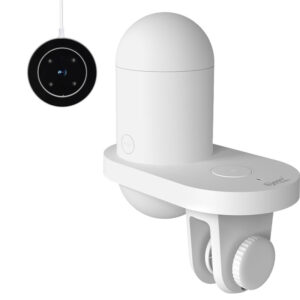
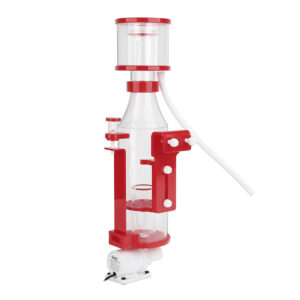
Leave a comment